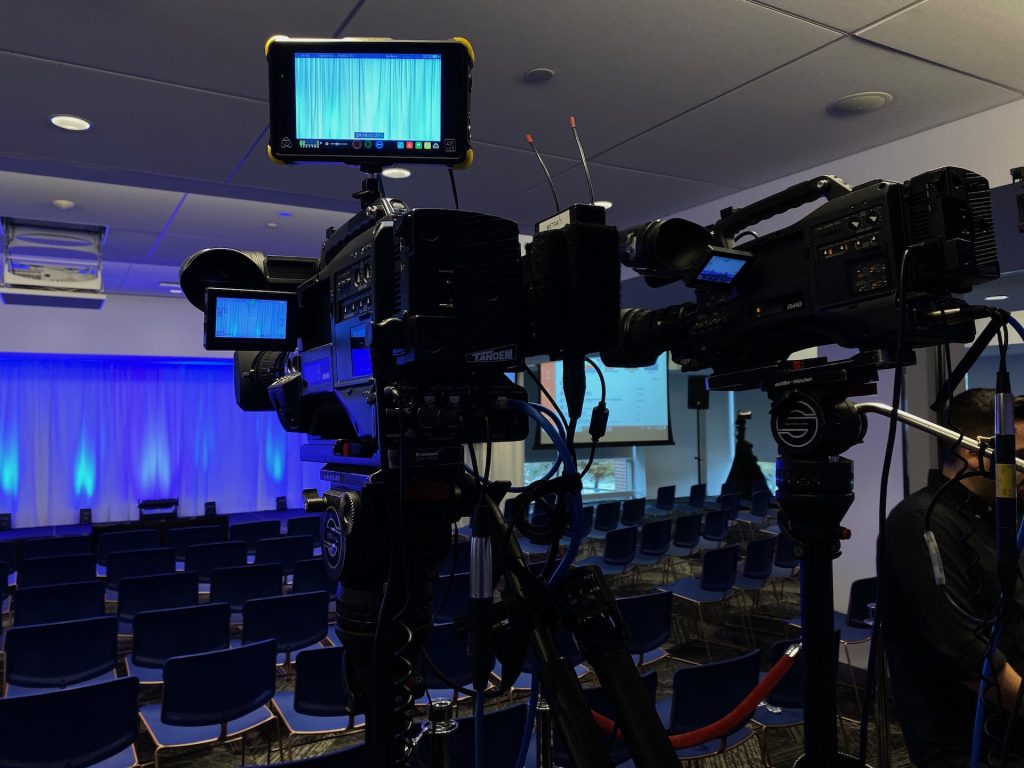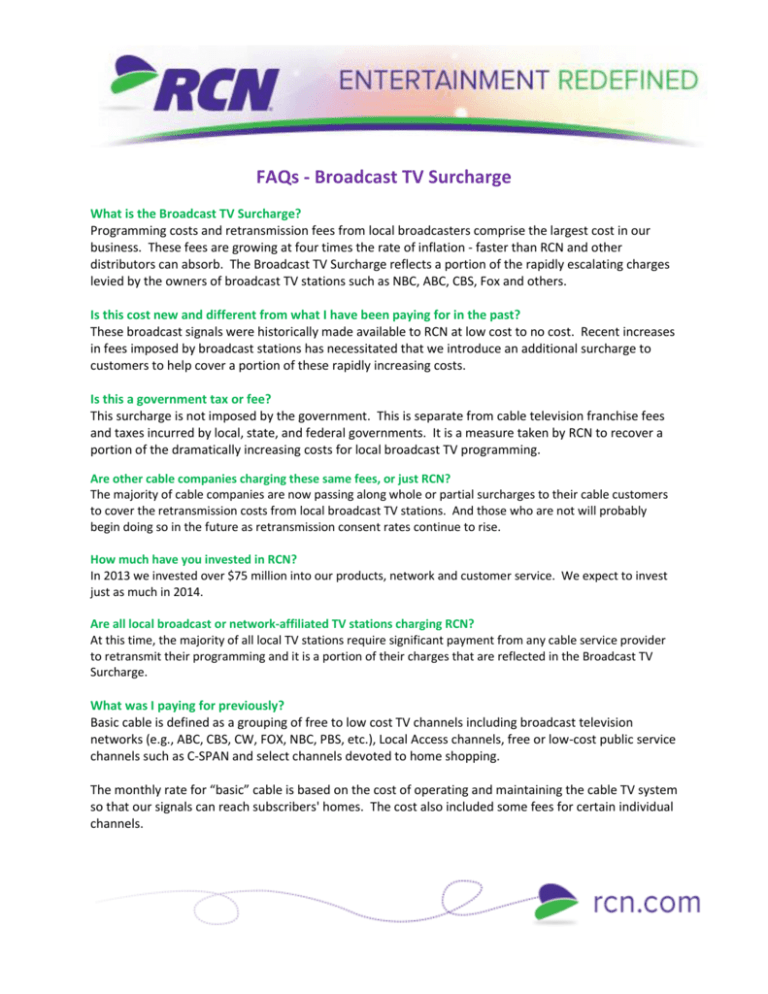
Similar charges in other states may or may not meet the same qualification.įranchise agreements between states, counties, and/or municipalities and pay-TV companies generally say that the company owes the franchising authority a regular fee - usually, though not always, equal to 5% of their revenues - in exchange for being able to operate in that area. This is Verizon’s pass-through line-item for recovering its USF contributions.Īlthough Verizon lists this as one of their fees, it is in fact a tax imposed by this consumer’s state government (according to the state government’s website), and is the same flat fee across all phone plans and providers. But much like the Regulatory Recovery Fee, almost everyone directly pushes this one through. The Universal Service Fund is paid into by telecom operators, who are permitted - but not obligated - to recoup that cost from consumers. The FCC’s Universal Service Fund pays for programs like Lifeline that expand phone and Internet coverage to include more rural and/or low-income Americans who would otherwise be unserved. The vast majority of states impose a similar fee.

The state where this subscriber lives imposes a charge on every phone line - landline and wireless - to contribute to financing the state’s Enhanced 911 services. This subscriber’s home state imposes a small fee on all phone lines to cover the cost of providing relay services for consumers who are deaf or hard of hearing. Rates may also vary based on the county or city where you live. Googling “ communications tax” should be the fastest way to find the pay-TV or voice line service tax rates in your state. This particular subscriber lives in an area where both their municipality and also their state charge sales tax on telecommunications services. Verizon bundles all of theirs into one single line item. They do say death and taxes are the certainties in life, right?īasically every jurisdiction in the country has some kind of state and/or local sales tax imposed on telecommunications services. On this bill there’s only the one line-item, however on a different customer’s bill, Verizon laid out their pricing rationale like so:ĭiscount explanation from a different FiOS customer’s bill. The discount line is how they reconcile that.

Verizon creates their bundle prices by promising “discounts” over their standard, non-bundle pricing for each of the services included in your package. In other words, charges will vary based not only on what services you get and how many devices you have, but also on what bundle terms you subscribe to, and where and when you signed up for service. Other fees we’ve seen on Verizon customers’ bills range from $12 for a single HD, non-DVR box to $34.99 for a bundle of four HD-enabled, non-DVR boxes in four rooms. This particular $16.99 fee is for one single HD-enabled, DVR-enabled box. When the FCC says that cable companies make too dang much money from anticompetitive set-top box fees, this is the kind of fee they mean. Additional Services, Equipment & Discounts This is the price you expect to pay, and the one you sign up for.
#Broadcast surcharge tv
In this case, the consumer subscribes to a triple-play bundle that includes the Preferred HD level of TV service, 50 Mbps internet, and a home phone line.Īs of March, 2016, the closest advertised bundle on Verizon’s website actually has more services for a lower cost, but they advertise it like so: This is the quoted price for the service bundle you subscribe to.

KEY: The RED numbers are Verizon-originating fees BLUE numbers are government fees. To better understand each of these fees, we’ll go through the bill line-by-line: In the end, of their total $149.31 bill, $39.92 - about 26% - comes from add-ons outside of the stated package price.

The customer has a promotional discount, but also pays various taxes, surcharges, and fees. The below bill was provided to Consumerist by a real-life Verizon FiOS customer who subscribes to a triple-play TV, broadband, and phone package for a stated rate of $129.99 per month. In previous installations we’ve gone through Comcast, DirecTV, Charter, and TWC now, it’s Verizon’s turn. Which ones should you blame the government for, and which are made up by your cable company? One cable company at a time, we’ve been using real customers’ bills to break it down. When you sign up for telecom services - some combination of TV, broadband, and/or phone - from your cable company, you’re told you’ll pay something like $49 or $99 a month… and yet the price you actually pay can be as much as 40% or more on top of that, thanks to a heap of sometimes confusing charges and fees.


 0 kommentar(er)
0 kommentar(er)
